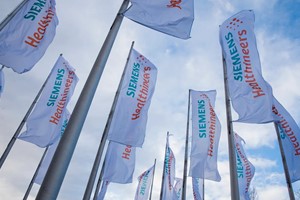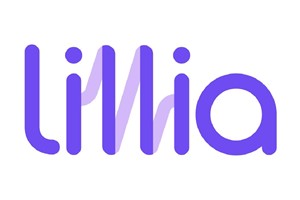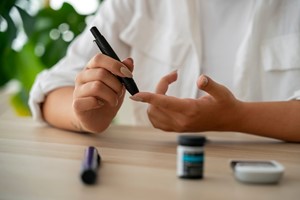In the Islamic Republic of Iran, enormous investments are being put in place to improve healthcare and increase the numbers of modernized services and facilities.
Internal medical device market imports were valued at USD591.7 million in 2009, but in 2011, they increased to become worth USD765 million.
At the same time, pharmaceuticals and healthcare markets also increased in values, reflecting a constant development of these sectors, despite the still low per capita spending.
In the Islamic Republic of Iran, government investment has resulted in an improved health sector, with modernized services and facilities being built annually as reported by Espicom Business Intelligence's "The Medical Device Market: Iran".
A series of Development Plans, spanning consecutive five-year periods from 1990, have aimed to rejuvenate Iran's health sector by raising hospital bed and personnel numbers, building primary healthcare facilities, improving family planning and immunization rates, focusing on care of the elderly and prevention of non-communicable diseases, reforming the state medical insurance scheme and social welfare systems in addition to attracting foreign investment.
According to Espicom, imports account for an estimated 88.1% of the market, despite the manufacture of basic consumable items such as syringes, needles & catheters, dental instruments & fittings and orthopaedic appliances.
Imports were valued at USD591.7 million in 2009, with Germany and the Netherlands being the leading suppliers. Consumable medical devices and diagnostic imaging apparatus were the most significant import sectors.
In 2011, Iran's medical device market was estimated to be worth USD765 million; however, the market size per capita is very low, at USD10. The market is projected to grow at a strong 7.1%, reaching USD1,079 million by 2016, but Per capita spending is not expected to rise strongly.












